Dual Transformation Project: Supporting Businesses to Go Green
In the context of large markets such as the EU, the US, and Japan increasingly imposing strict requirements on data access on energy, water, waste, and greenhouse gas emissions, dual transformation - combining digital transformation and green transformation - is becoming a vital condition for businesses to survive and develop sustainably.
Along with this process, the project "Dual Transformation Center - Digital Transformation and Innovation to protect the environment and climate in Vietnam" is being implemented by the Department for Private Enterprise Development and Collective Economy ( Ministry of Finance ) in coordination with the German International Cooperation Organization GIZ in the period 2024-2028 with funding from the German Government, aiming to help businesses use energy and resources more efficiently, reduce greenhouse gas emissions and gradually move towards a sustainable development model.
In the training component of the project, FPT Digital was selected as a consulting partner and to develop content, compile documents and directly teach the program “Optimizing data management in the Textile and Garment industry through Digital - Green Dual Transformation”. FPT Digital’s approach focuses on data-driven transformation, helping businesses understand, measure and improve the efficiency of energy, water and resource use according to international standards. The program includes 07 training topics revolving around the topics of data management in the supply chain, energy, water, waste, environment, setting Net Zero targets and applying digital tools in ESG management.

Opening the program, Ms. Nguyen Viet Hue emphasized: "A special point in this project is that we do not only stop at training but also design frameworks and digital platforms to help businesses digitize production processes and exploit data effectively.
In addition to supporting emissions reduction, the project also aims to help businesses save energy, resources and optimize production processes. We believe that data governance will help businesses identify inefficiencies and make practical improvements, not only in the production environment but also in human resource management, warehouses, and other resources."
The training program within the project framework was organized in a combination of online and in-person sessions, with the participation of many large textile and garment enterprises in Hanoi, Ho Chi Minh City, Nam Dinh province (now Ninh Binh), and Binh Duong (now Ho Chi Minh City).
Participating businesses are equipped with the capacity to self-measure, report and improve environmental indicators, and assess their readiness in terms of data, technology and emissions. This is the first step for businesses to build an international standard greenhouse gas, energy, water and waste inventory system, moving towards meeting ESG and Net Zero criteria.
Initial results from the training program show that dual transformation is not only a long-term strategy, but has been bringing about concrete changes in management and operations at Vietnamese textile factories. When energy, water and waste are managed with data and digital tools, businesses not only save costs, reduce emissions but also move closer to global green standards.
Energy: the starting point of all innovation
According to the training materials, monitoring and analyzing energy data helps businesses detect waste points, thereby saving 10–20% of electricity and fuel costs compared to the original consumption. Most of the savings opportunities are in familiar equipment: boilers, compressed air systems, motors and lighting.
Regular measurement and monitoring is an important first step. Instead of manually collecting electricity - steam - fuel data, businesses are instructed to install sub-meters at each consumption area, thereby identifying abnormal consumption areas and causes of waste.
The solutions recommended in the program focus on improvements that can be implemented right at the factory without requiring large investments. Specifically, businesses should renovate boilers by insulating, recovering condensate and periodically cleaning heat exchange tubes to increase heat transfer efficiency; optimize compressed air systems by checking, fixing leaks and reducing operating pressure from 7 bar to 6 bar to save electricity; and replace old lighting systems with LED lights combined with motion sensors to reduce unnecessary energy consumption during production.
According to Ms. Nguyen Viet Hue, energy saving not only helps businesses reduce costs but is also the top criterion when brands evaluate the sustainable capacity of Vietnamese suppliers.
Water balance: more than just a savings story
In the textile dyeing industry, water is an essential resource but also the largest source of emissions. According to statistics, on average, each ton of finished fabric requires 100 - 150 m³ of water. Therefore, water management and reuse is considered the second “green pillar” of the enterprise.
The Water Balance method helps businesses understand the exact amount of water supplied - consumed - discharged. Many businesses, after creating a Water Balance diagram, discovered a loss of 15-20% of the total amount of water used, mainly in the stages of washing fabrics, dyeing and cooling machines.
Effective solutions outlined in the document focus on optimal utilization and management of water resources in the plant. Enterprises are encouraged to recover and recirculate condensate from the steam system for reuse in other stages, and reuse first wash water in the pre-treatment stage to reduce the amount of new water supply. In addition, it is necessary to periodically check pipes, replace leaking valves and install flow meters at main consumption points to control the amount of water used in real time. In addition, the construction of intermediate reservoirs helps regulate flow, reduce pressure on the wastewater treatment system and ensure more stable operation.
When measured and optimized, each m³ of water saved is equivalent to 3–5% of the associated energy costs, as reducing water also means reducing steam and electricity used for heating, pumping, and treatment.
Waste management: the foundation of a circular economy
According to the program's training materials, textile factories are recommended to classify waste into four groups: non-hazardous solid waste such as packaging, sludge, and fabric scraps; hazardous waste containing heavy metals or chemicals; industrial wastewater; and emissions from boilers and generators.
The proposed management process aims to establish a master plan, clearly defining the responsibilities of each department in waste treatment and monitoring. Enterprises are encouraged to apply the 3R principle (Reduce – Reuse – Recycle) at all stages of production, such as recovering cotton scraps as packing material, reusing chemical containers or reducing single-use plastic packaging. The selection of licensed treatment contractors with clear transfer records is mandatory to ensure transparency.
Finally, the amount of waste generated needs to be linked to a common data management system for regular reporting and monitoring, helping businesses effectively control the entire waste life cycle. A medium-sized garment factory, when applying a basic classification and recycling system, can reduce 30-40% of landfill waste, while reducing treatment costs by more than 200 million VND/year.
Greenhouse Gas Inventory: A Strategic Step Towards Net Zero
After controlling energy, water and waste, the next step is to measure greenhouse gas (GHG) emissions, which becomes a core element of ESG reporting and SBTi criteria.
The training program specifically guided how to calculate Scope 1 (direct emissions) and Scope 2 (indirect emissions from purchased electricity), with Vietnam's standard emission factor.
For example, a factory consumes 1 million kWh of electricity per year, which corresponds to 910 tons of CO₂e emissions (according to the coefficient of 0.91 kg CO₂e/kWh of the Ministry of Natural Resources and Environment). By reducing electricity by 16%, the business has reduced more than 145 tons of CO₂e per year without investing in complex technology.

“Emission inventory and disclosure is not only for compliance, but also helps businesses approach international partners and investors. Transparency of emission data is a testament to professional management capacity,” said FPT Digital expert.
Data: the thread that connects the entire system
The common thread across all pillars: energy, water, waste, greenhouse gases is reliable data. The Dual Transformation Project recommends that businesses establish a central environmental data management hub, using digital tools to collect, store and display on dashboards.
When data is unified, businesses can not only easily report to regulators or customers, but also see consumption trends to make accurate investment decisions.
From small improvements in energy, water and waste management, many Vietnamese enterprises have confidently achieved international certifications such as OEKO-TEX, ZDHC, ISO 14001, expanding export markets and creating a new position for "Made in Vietnam" textile products.
Source: https://doanhnghiepvn.vn/chuyen-doi-so/toi-uu-nang-luong-nuoc-va-chat-thai-con-duong-thuc-te-de-nha-may-det-may-viet-nam-tien-gan-chuan-xanh-toan-cau/20251020040733186


![[Photo] Chairman of the Hungarian Parliament visits President Ho Chi Minh's Mausoleum](https://vphoto.vietnam.vn/thumb/1200x675/vietnam/resource/IMAGE/2025/10/20/1760941009023_ndo_br_hungary-jpg.webp)
![[Photo] Solemn opening of the 10th Session, 15th National Assembly](https://vphoto.vietnam.vn/thumb/1200x675/vietnam/resource/IMAGE/2025/10/20/1760937111622_ndo_br_1-202-jpg.webp)
![[Photo] Prime Minister Pham Minh Chinh meets with Speaker of the Hungarian National Assembly Kover Laszlo](https://vphoto.vietnam.vn/thumb/1200x675/vietnam/resource/IMAGE/2025/10/20/1760970413415_dsc-8111-jpg.webp)
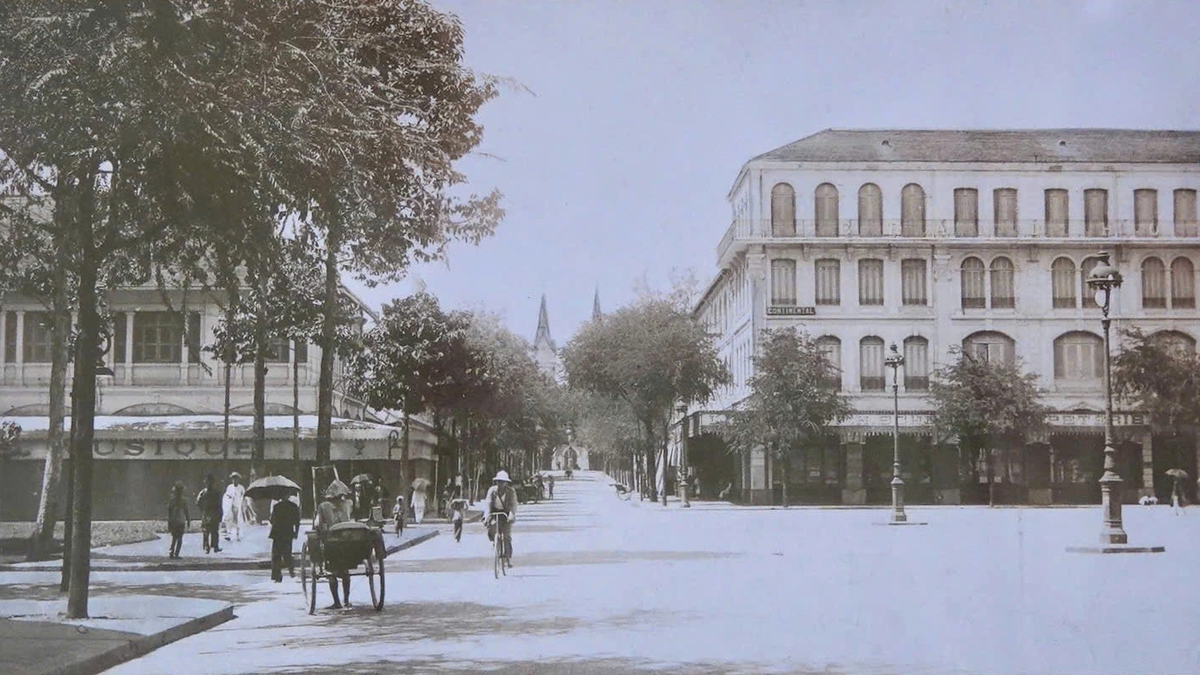
![[Photo] National Assembly Chairman Tran Thanh Man holds talks with Hungarian National Assembly Chairman Kover Laszlo](https://vphoto.vietnam.vn/thumb/1200x675/vietnam/resource/IMAGE/2025/10/20/1760952711347_ndo_br_bnd-1603-jpg.webp)

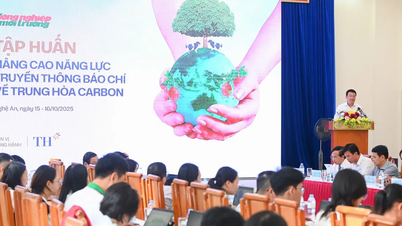

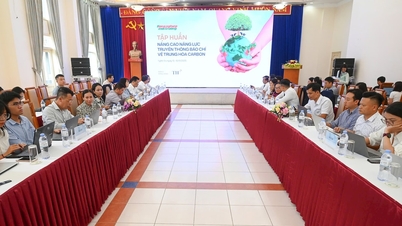

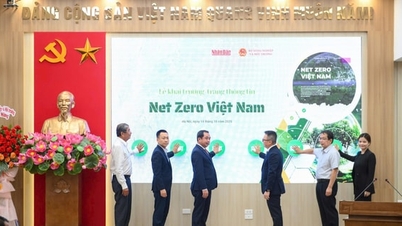





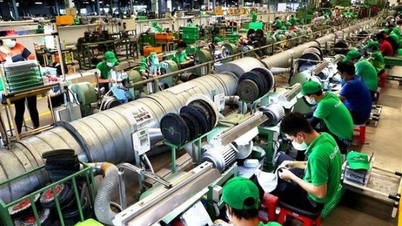
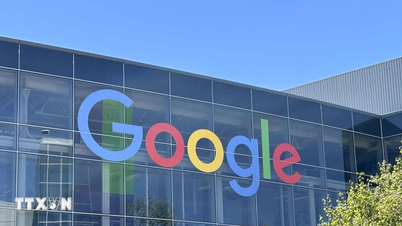

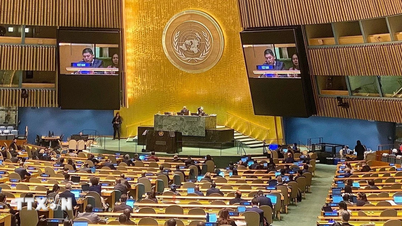








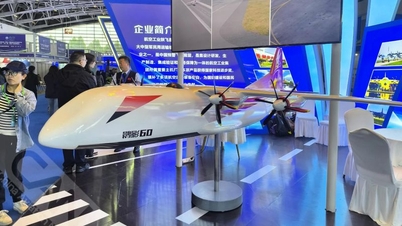

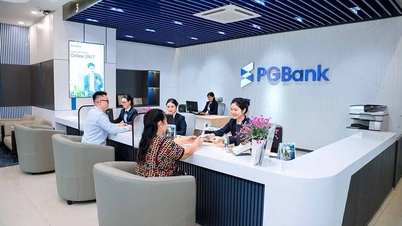
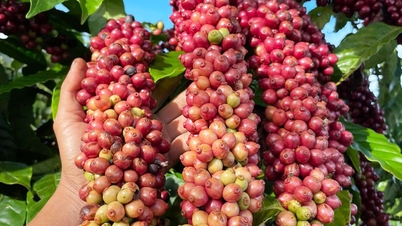

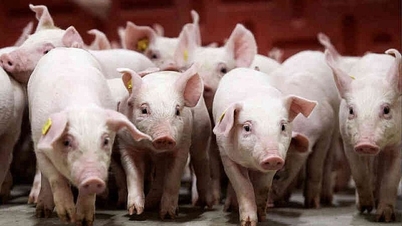
![[Photo] The Steering Committee of the 2025 Fall Fair checks the progress of the organization](https://vphoto.vietnam.vn/thumb/1200x675/vietnam/resource/IMAGE/2025/10/20/1760918203241_nam-5371-jpg.webp)


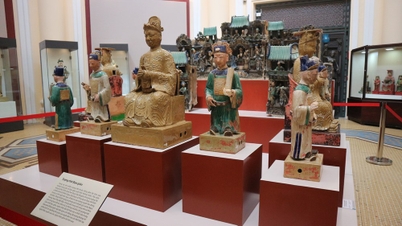
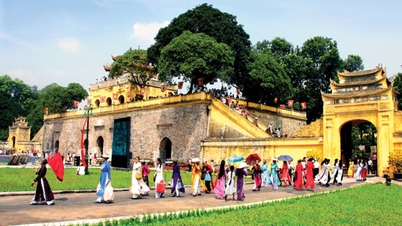
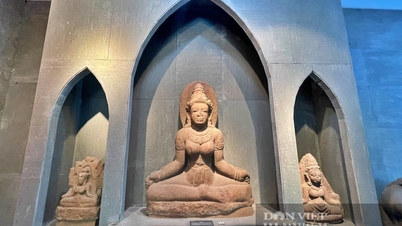

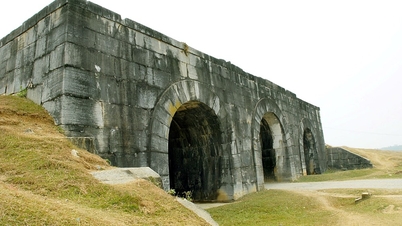
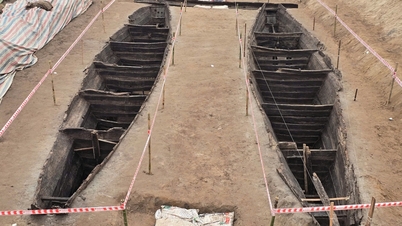

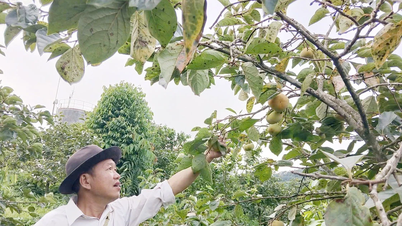


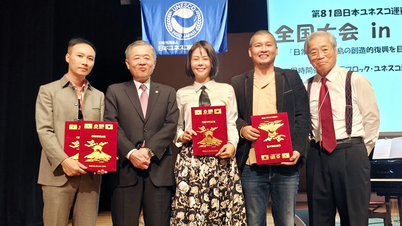




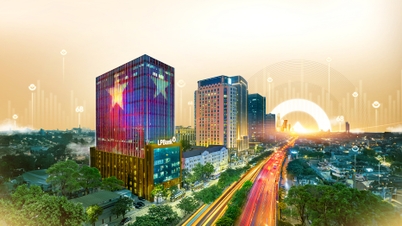

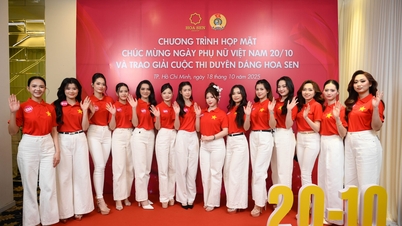

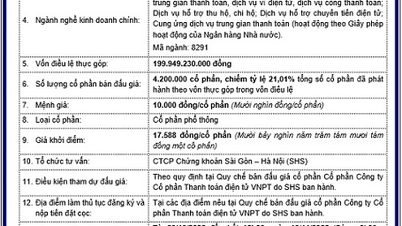
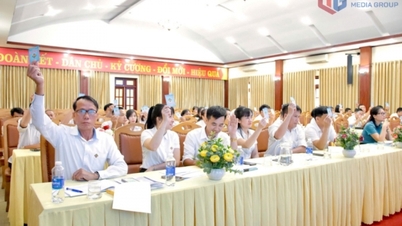

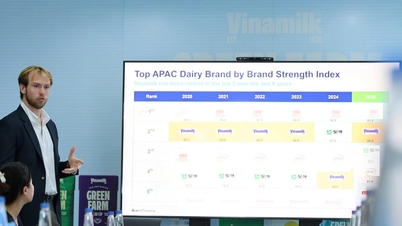

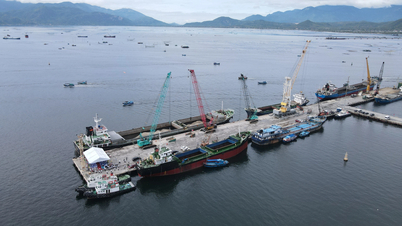







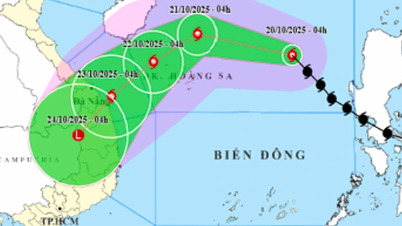

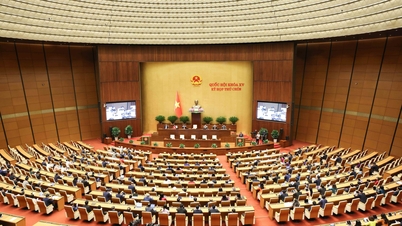
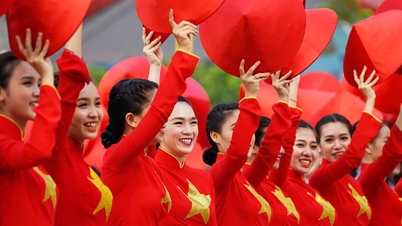

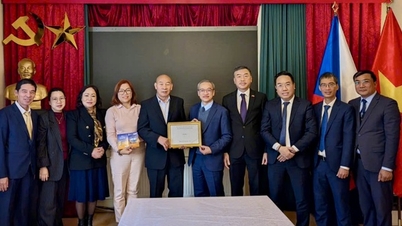

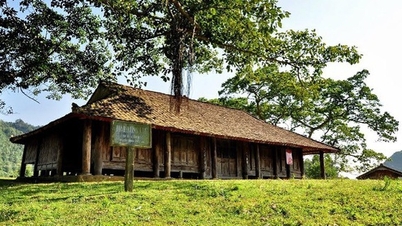
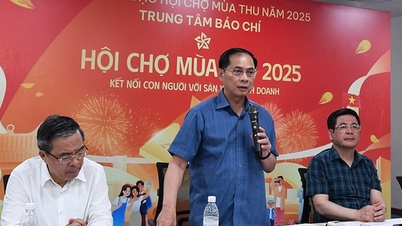
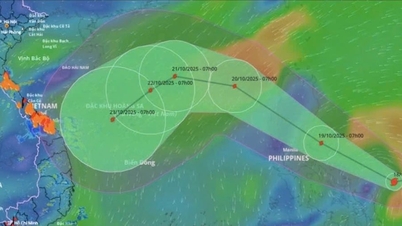

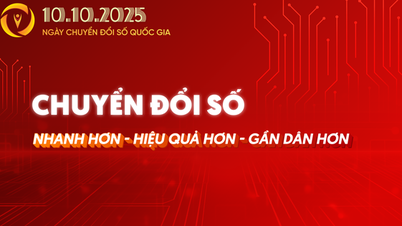

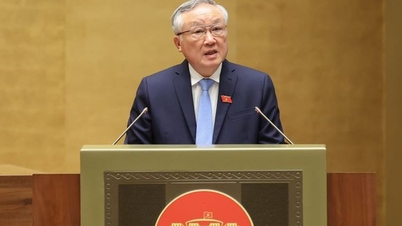

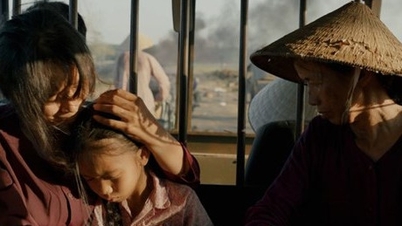
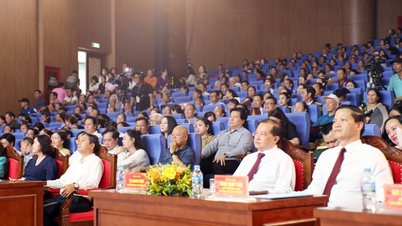



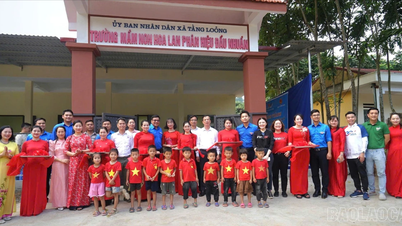

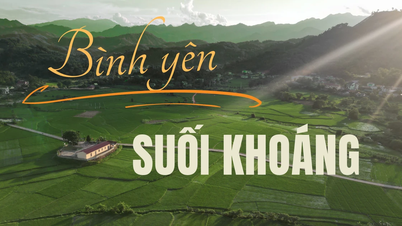










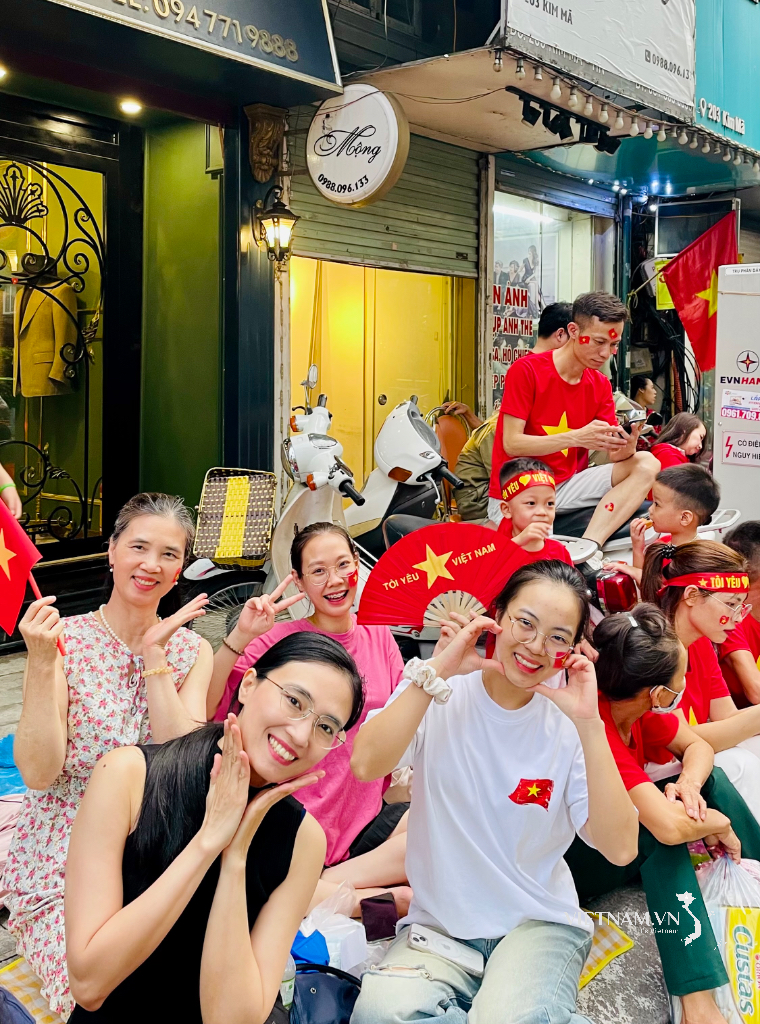

Comment (0)